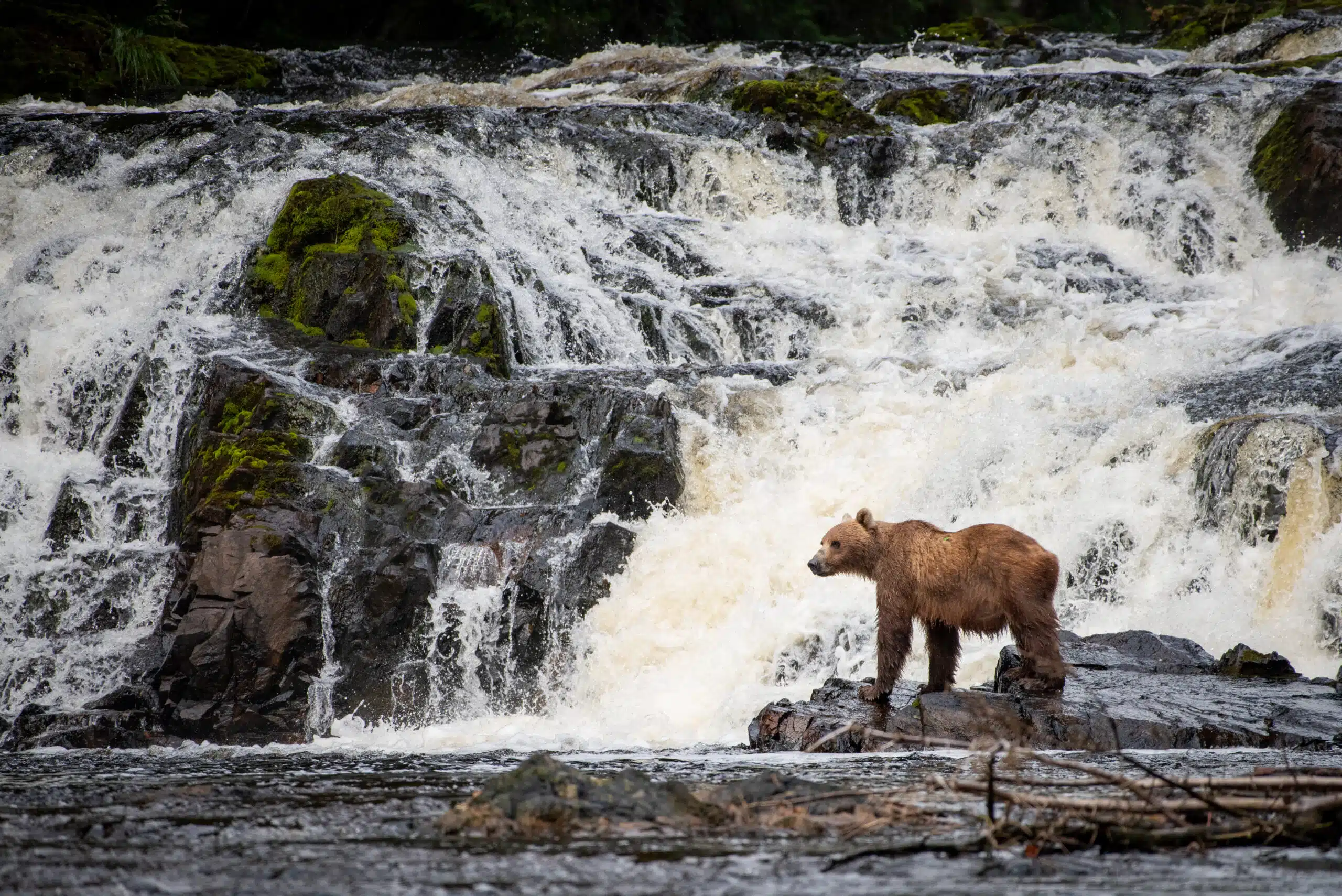6 Essentials for Bear Watching Trips
According to the Alaska Department of Fish and Game, the state is home to approximately 32,000 brown bears.
With such a large population, it’s no wonder that bear-watching is a popular activity in the state. You might be planning a tour to see these amazing creatures up close. Watching bears can be an exciting and memorable experience.
You’ll see bears in their natural habitat, fishing for salmon or roaming the wilderness. It’s a chance to witness nature at its wildest.
But you might be unsure about what to pack for the trip. Read on to uncover eight essentials for bear-watching trips.
1. Binoculars for a Clear View
Bears usually stay far away, and you don’t want to depend on luck. A good pair of binoculars helps you see them clearly without getting too close. Look for binoculars with a wide field of view and strong magnification.
These features make it easy to spot bears, even in dense forests. Binoculars let you focus on essential details, like:
- Cubs playing
- Feeding habits
- Unique markings
- Fishing behavior
- Tracks and footprints
Whether you’re in a popular location or exploring remote areas, binoculars are essential for the best Alaska wildlife experiences. They make it easier to enjoy the bears from a safe distance, giving you a clearer view of their natural behavior.
2. A High-Resolution Camera
Seeing a bear in the wild is exciting, but capturing the moment is even better. A high-resolution camera with a zoom lens lets you safely photograph these amazing creatures. Look for a camera that works well outdoors
Seeing a bear in the wild is one of Alaska’s most thrilling experiences. And while the moment itself is unforgettable, capturing it on camera lets you relive it—and share it with others. A high-resolution camera with a zoom lens is ideal for safely photographing these amazing creatures without getting too close. Look for a camera that performs well in outdoor lighting, which can shift quickly in the wild.
Today’s modern cell phones can also be excellent tools for capturing Alaska’s beauty. Many come equipped with advanced cameras and zoom features that allow you to take high-quality photos from a safe distance. On your guided bear-viewing tour, don’t hesitate to ask your guide for photography tips—they know the best ways to capture wildlife respectfully and effectively. They can help you capture the best moments.
Whether you’re using a DSLR or your phone, having a good camera is one of the key nature hike essentials. It ensures you take home more than just memories—you bring back the kind of photos that tell the story of your bear-watching adventure.
A good camera is one of the key nature hike essentials. It lets you take home unforgettable memories from your bear-watching adventure.
3. Weather-Appropriate Clothing
Bear-watching often involves long hours outdoors in unpredictable weather. Dressing in layers helps keep you comfortable on both cold mornings and warm afternoons. Waterproof gear is essential if you’re in a rainy area.
Sturdy hiking boots give you the traction needed on rough terrain. Before heading out, check the forecast to pack the right clothing for your trip. These might include:
- Waterproof jacket
- Warm layers
- Hiking boots
- Moisture-wicking socks
- Gloves and hat
- Sunglasses
Packing these items will help you stay dry and warm while exploring bear-viewing locations. Being prepared makes your trip much more enjoyable.
4. A Good Backpack for Gear Storage
A well-organized backpack can make your bear-watching trip much easier. Consider a bag that’s big enough to carry your essentials but still comfortable to wear. Look for a pack with multiple compartments so you can easily access items like:
If you’re going into the wilderness for a longer trip, choose a pack with a hydration system. Staying refreshed throughout the journey is important. Having a well-packed and organized backpack allows you to focus on enjoying the experience.
5. A Field Guide to Identify Bears
Bears come in different species, and each has its own behavior. Carry a field guide to help you identify bears and understand their habits.
A guide can help you spot key features that set each species apart. Pay attention to their:
- Size
- Fur color
- Unique markings
- Behavior
- Tracks
Knowing these details enhances your experience and helps you stay safe. If a bear approaches, understanding its characteristics can help you react appropriately.
Many national parks and conservation areas offer free bear guides. Take advantage of these resources before your trip to prepare for any encounters.
6. First Aid Kit for Emergencies
Accidents can happen in the wild, so carrying a first aid kit is wise. It’s important to pack supplies for managing minor injuries and staying safe.
A well-stocked kit can help you handle small problems before they become serious. It can include:
- Bandages
- Antiseptic wipes
- Pain relievers
- Necessary medications
- Tweezers
If you’re traveling with a group, make sure everyone knows where the kit is. Having the right medical supplies can prevent accidents from ruining your bear-watching adventure.
Making the Most of Your Bear-Watching Adventure
Bear-watching is an exciting way to experience nature and observe wildlife in its natural habitat. With the right preparation, you can make the most of your trip and stay safe while enjoying incredible moments. Following the tips shared in this guide will help you have a rewarding and memorable experience.
If you’re considering a bear-watching trip and looking for a reliable guide, consider Bear Creek Outfitters. We’ve been offering unforgettable wildlife tours in Southeast Alaska for over 30 years.
As a locally owned business, we specialize in providing small-group, authentic adventures. Let us show you the wild beauty of Alaska!

